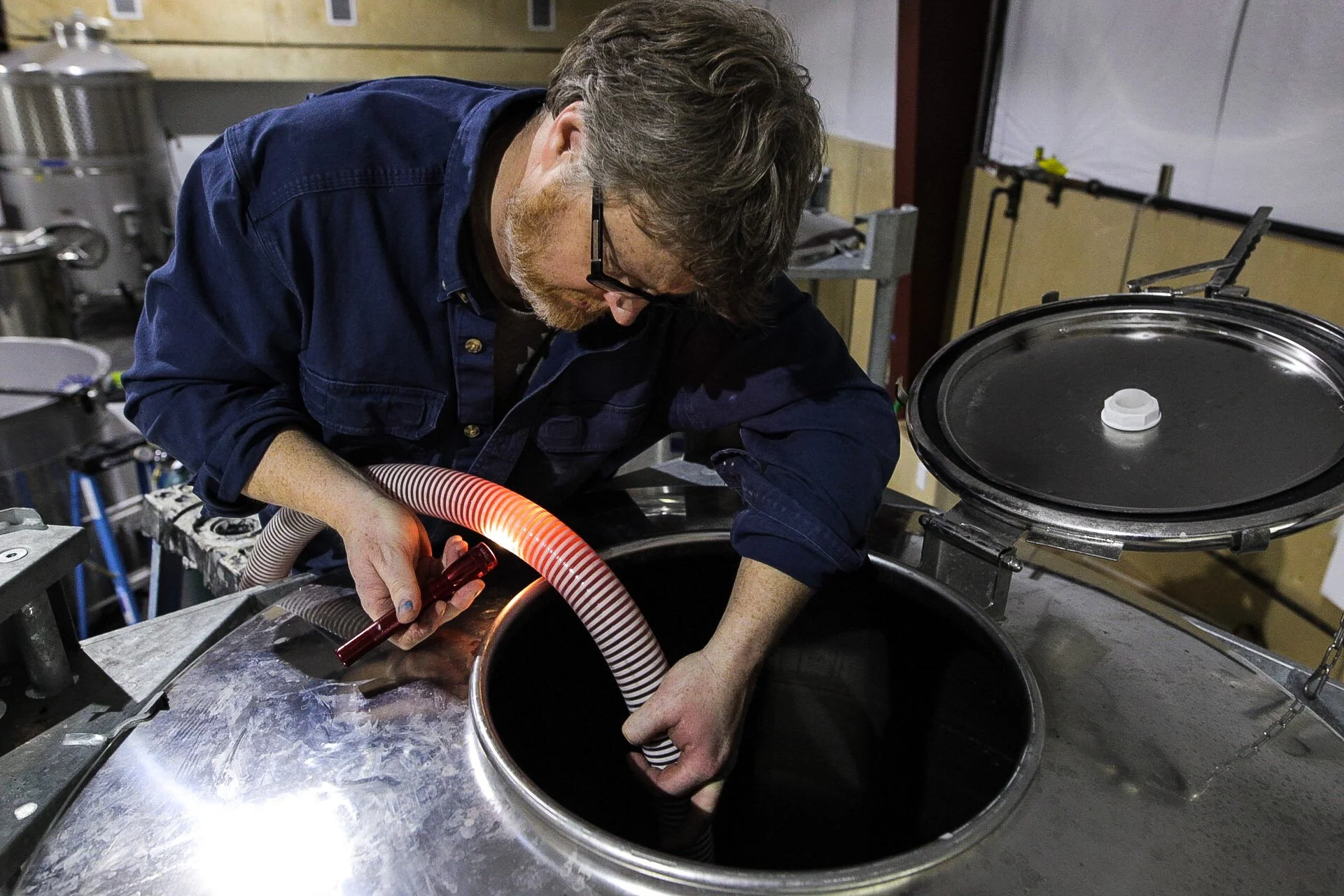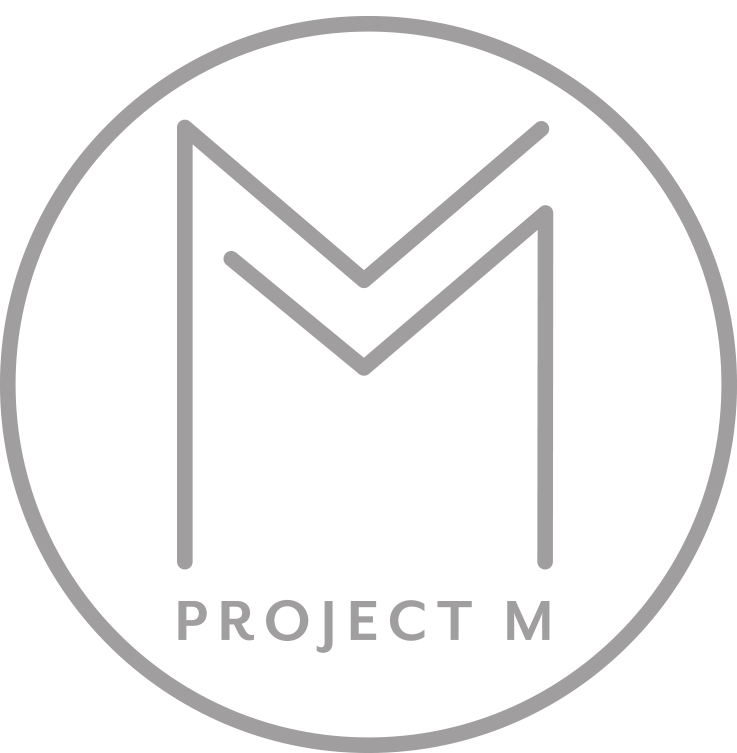“…I’m trying to play the truth of what I am.”

WINEMAKING AS CRAFT
Winemaking is a dance, and the fruit always has the lead.
Each vineyard, block, and vintage yields fruit with its own rhythm. These variables make winemaking methods challenging to summarize. One cannot generalize decisions specific to time and place, made in real-time in response to observations using all our senses.
However, we can describe the virtues we pursue and the restraints we exercise.
Our priority is to create something beautiful. That beauty arises from the four virtues we pursue: precision, purity, transparency, and elegance. We believe wine should wear a dress. The dress can be big or small, modest or revealing, silk, satin, leather, or lace, but it always wears a dress.
In our winemaking, we favor outcomes over ideology. However, we, as artisans, prefer simple and primitive tools. The trappings of modern winemaking do not seduce us, nor does the lore of antiquity and tradition. Through our experience, we have learned when, how, and to what extent we should act. We view all actions with our primary objective of beauty and the four virtues in mind.
“ The trappings of modern winemaking do not seduce us, nor does the lore of antiquity and tradition.”
The most important winemaking decision is when to pick the grapes. We approach ripening as a reproductive rhythm. The ideal point in the rhythm to pick is dependent upon the wine. Pinot Noir, macerated for red wines, requires a degree of seed and skin maturity not ideal for whites such as Chardonnay or Pinot Blanc. To carefully track the gestation of the grape, we must be in the vineyard at bloom months and weeks before the harvest.
Wine is the result of yeast's magical alchemy. We continue to be in awe of the transformation that is fermentation. Without dogma, we let some wines ferment spontaneously without inoculation. Meanwhile, we prefer the control and specificity afforded by cultured yeasts for other wines.
In our whites, Chardonnay, Riesling, and Pinot Blanc, we work to polish and wrap the wine's core of acidity, freeing it of barbs and burrs while retaining tension and acceleration. We favor freshness, preferring evolution to occur in the bottle. Though some wines receive the influence of oak, we intend that it serve a supporting role, never the star. Lees management is specific to each wine, targeting the aromatic, textural, and energetic contribution appropriate to the desired style.
Red winemaking is architectural; we attempt to build structures with the Pinot Noir's intrinsic components. We manage the extraction of color and tannin, the structure's frame, in a manner specific to each site and season. Oak components, exclusively from French forests, are meticulously managed to add aromatic nuance and structural material to the wine. Delayed malolactic fermentations give oxygen time to catalyze the building of the wine's scaffolding. Aging on lees and, in some cases, lees stirring contribute to the structure's refined exterior.
Our decisions are guided by the most sophisticated analytical tools on the planet: the human nose and mouth. Balance is a matter of the winemaker's perspective, and ours is, like all other decisions, informed by beauty and the four virtues.
Thief in barrel of Chehalem Mountain Pinot Noir





